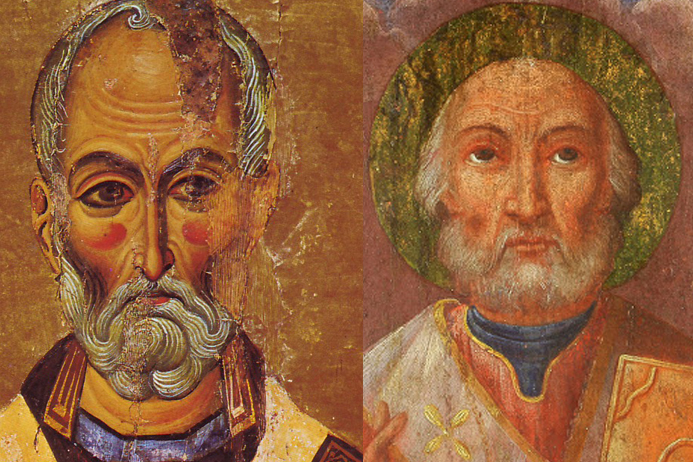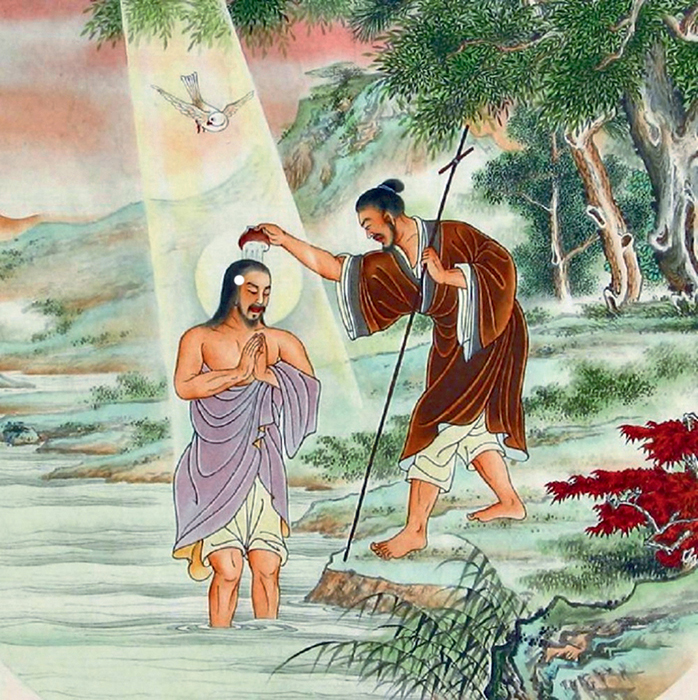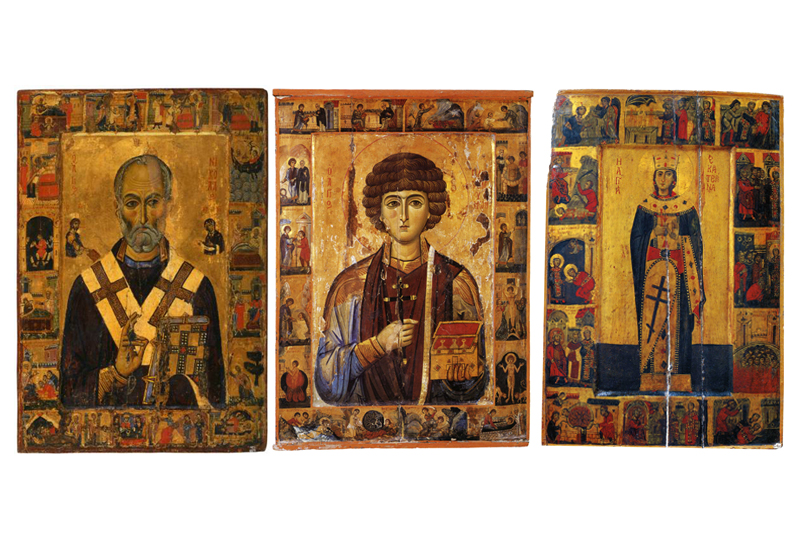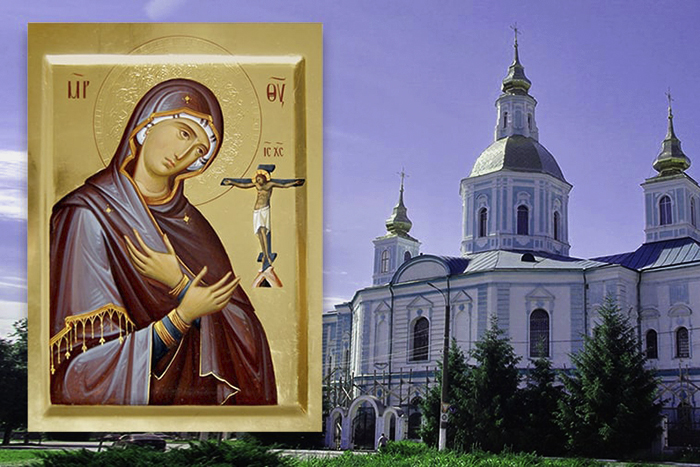
Orthodox icons are sometimes surprising. We all at least once saw the image of Jesus Christ, written in unusual for our eyes way. Savior with dark skin and curly hair; Apostle Peter with Asian eyes and in kimono; the Theotokos in traditional Native American clothes. Can such icons be canonical? Why do different peoples deliberately “distort” the way people really existed in history looked like?
An icon is not just a portrait. Of course, the icon painter recreates the face of a really living person (or the Godman, like the Savior), transfers to the board or wall of a church those external signs that the Church knows about: what Christ was like at the time of His earthly journey; what traditional for the Judah of that time clothes the Virgin Mary wore; by which facial and physique features contemporaries recognized this or that apostle.
But the icon painter does not write a portrait. Each icon is an amazing interweaving of meanings, symbols, “messages” that the craftsman seeks to share with us. And most importantly, the icon is the breath of the Holy Spirit; in each written image there is a reflection of paradise, holiness, love.

It turns out that an icon is not a “beautiful and believable portrait”, but a way of communication between man and the Lord. And an icon painter, as a guide in such communication, uses all canonical artistic means to help the dialogue take place. The Orthodox Ethiopian sees in the Savior on an icon native national traits. A Korean woman, praying before the image of the Theotokos for giving of a child, looks at her face and feels that the Virgin Mary is close, somehow resembling herself. The Russian praying looks at St. Nicholas with the full feeling that it is not a foreigner before him, but someone who could be a bishop in his city.
Such “local color” in iconography can be called a missionary device, as ancient as the Church itself. And therefore, when we pray before icons created in other Orthodox countries, we can see Light and Love through national — so different and beautiful — features that have neither race nor tribe, but that unite all Christians.
Source: https://foma.ru/pochemu-odni-i-te-zhe-svyatye-na-raznyh-ikonah-vyglyadyat-po-raznomu.html



Greetings
You view on this topic is very opinionated but not in keeping with Orthodox sacred tradition. This article is very misleading. It is, however, based on political correctness upon which ecumenism itself stems.